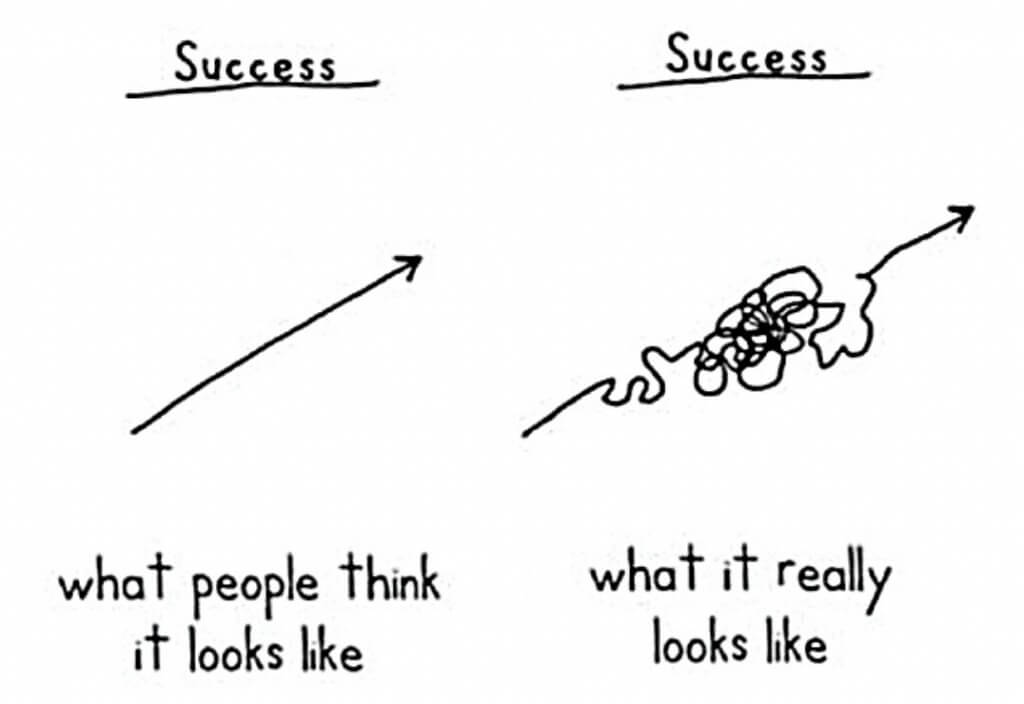Scale.
Ready or not, you’ll be forced to figure out how to scale your company as you gain momentum. But, don’t start worrying about scale too soon…though don’t wait too long either! If you are scaling quickly, you better scale intelligently. If you’re not smart about your plans, you’ll burn through capital, squander your opportunity and destroy your team.
There’s a lot of confusion and misinterpretation about what it means to scale, when your company is ready and how to execute practically.
Simply put, I define scale as when your company has reached “product/market fit” in tandem with “business model fit.” It’s the moment when your customer acquisition growth rate is increasing while your acquisition costs are decreasing, AND the unit economics of the business are moving in your favor. You aren’t yet profitable but you understand your cost levers.
“I define scale as when your company has reached ‘product/market fit’ in tandem with ‘business model fit.’”
If this is happening to you, congratulations – your MVP is turning into a real company. Now is the time to invest in “go-to-market” functions like sales, business development, account management, marketing and international expansion.
Today, “scale” is more broadly applied to all kinds of startups and cost structures. It now indicates an inordinately more complex array of decisions within these go-to-market functions. In the past, “scale” described traditional enterprise software, SaaS and e-commerce companies that required detailed insight about cash flow in order to decipher a business’ potential.
Most important, this conversation occurs much sooner in a company’s lifecycle thanks to the stability and extendability of Web and mobile infrastructure and the product/market framework. As a result, the nature of traditional go-to-market strategies and functions is changing for several important reasons:
1. Demand is not restrained by geography, industry or company size – your product can and will be adopted wherever it solves a specific workflow need;
2. Buying decisions now occur at the individual level, which requires both consumer and business products to be readily available and easily purchased;
3. Mobile apps and cloud-based software have lower Average Sales Price (ASP) than traditional software, requiring savvy go-to-market models;
4. The shift from hardware to software means that buyers demand almost instantaneous implementation, compared to legacy lengthy installation processes; and
5. Provisioning and authentication has become automatic – need for centralized administration to deploy your product.

What Scale Means for Startups
For startups reading this, it’s important to understand what this means for you. Here are a few examples, of which I will dive into more detail in future posts.
First, rethink sales and business development to allow for scalable distribution and positive margins. Rather than simply building traditional direct sales models using traditional tactics, CEOs and sales leaders need to build efficient engines that optimize for lower ASPs. This can be done by leveraging APIs, aligning your hiring model with your sales model, account segment prioritization and prioritizing account management and customer success, to name a few. In addition, business development and sales leaders require more attuned product acumen – startups must incorporate customer needs more quickly into the product development cycle given their direct relationships with customers.
Second, your users and customers are most likely located around the world. If you have 25%+ of your business coming from international markets, you will want to start planning for scale outside your home country. You must consider how to prioritize international development amongst your competing projects.
A handy framework for internationalizing your business is three-fold:
Market attractiveness: Identify your strongest markets based on geographies where you:
– Have the greatest number of target customers
– Own the competitive advantage vis-a-vis local entrants
– Create favorable political and regulatory perspectives
Product readiness: Identify the product and user experience gaps that require localization and internationalization efforts:
– Ability to accept proper/localized payment methods
– Ability to support languages
– Ability to accurately market your brand without major overhauls
Business drivers: Envision your company 18 months from now to align to set international goals:
– How many offices do you have?
– What is the makeup of each offices (sales and marketing, product and engineering, etc.)?
– What share of revenue will come from those markets?
– How will each office be integrate into the overall company culture
From there, group the geographical markets into three distinct buckets: “Ready Now”, “Needs Improving” and “Grow Usage Where Struggling.”
Scaling isn’t easy – it’s scary and mistakes are inevitable. It requires you to not only rely on newcomers, but also to trust them with critical functions. If you’re a first-time or even repeat founder, this process is daunting. However, the best entrepreneurs test, learn and adapt quickly, in turn creating highly valuable businesses by setting their company up for success for years to come.
‘Now children, Do Re Me Fa So and so on
Are only the tools we use to build a song
Once you have these notes in your heads’
You can sing a million different tunes by mixing them up
Like this’
– The Sound Of Music – Do-Re-Mi (1959)
Join thousands of business professionals reading the Mattermark Daily newsletter. A daily digest of timely, must-read posts by investors and operators.
This is a guest post by @StevenCarpenter, an Executive-in-Residence at Accel, and former Global Sales & Operations at Dropbox
